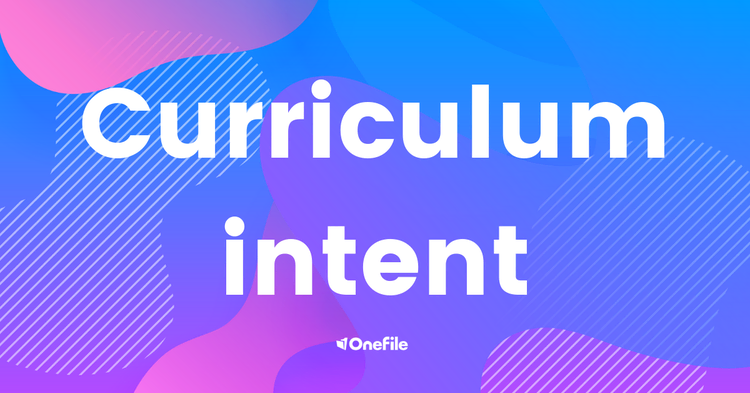How To Deliver The 3 “I”s of Apprenticeship #Curriculum Intent

There’s a new buzzword in town – curriculum intent
The term has come from Ofsted’s new Education Inspection Framework (EIF) which will be used to inspect all apprenticeship training providers from September 2019.
In this new framework, Ofsted has caused a storm with its new-found focus on curriculum – the intent, implementation and impact of apprenticeship curriculum.
The thing is, curriculum isn’t a new thing for Ofsted or apprenticeships. Training providers have always had to design, plan, deliver and review an apprenticeship curriculum – it’s just that they no longer have the rigid guidelines to follow that were part of the old frameworks.
The new standards are all about individual learning, so the curriculum should be seen as the provider’s promise to the learner – what they’ll deliver, how they’ll deliver it, and the impact it’ll have.
Sound familiar? It should do. These curriculum promises are far from alien in apprenticeships – it’s just the terminology that’s changed.
Here’s Ofsted’s definition of a curriculum:
“The curriculum sets out the aims of a programme of education and training. It also sets out the structure for those aims to be implemented, including the knowledge, skills and behaviours to be gained at each stage. It enables the evaluation of learners’ knowledge and understanding against those expectations.”
Ofsted has also said that providers should think about the intent, implementation and impact of their curriculum – and that there should be a continuous, individualised curriculum for each learner.
The new lingo may sound daunting, but there’s no need for panic – it’s what apprenticeship providers have been doing for decades!
The main difference is the three “I”s – Intent, Implementation and Impact
Intent
Your curriculum intent is the planning stage,
You can use your organisation’s core values to drive your curriculum intent. You can use these to set out what apprentices are expected to learn at the end of each programme, using the KSBs in the standard as a minimum.
When you’ve created your core curriculum intent for each programme, you can work with your employers to define any bespoke requirements and plan how learners will meet the 20% off-the-job requirement.
At this stage, your curriculum intent can be bespoke to the programme and employer, but should still meet the KSBs required for the job role.
Ofsted is looking for evidence of individualised learning, but also expects every learner to have access to the same quality of learning – it’s during the implementation stage where you can really personalise delivery for each learner.
Remember, your curriculum intent should also include all the normal stuff, like the apprenticeship agreement and commitment statement.
Implementation
This is the practical stage – how you’re going to put your curriculum intent into action.
You’ll need to use the learner’s initial assessment to personalise the implementation of your curriculum intent for each learner.
When you know the learner’s starting point (not just against English and maths, but against all the KSBs in the standard) and the employer’s requirements, you can create a personalised curriculum that stretches and challenges the learner, and builds their knowledge as they progress – which is what Ofsted wants to see.
You should also plan any assessments or mock tests you’ll be using track learners and help them progress through the curriculum to the gateway.
Impact
In the impact stage, you’ll need to look at individual learner outcomes as well as cohort achievement rates. Ofsted wants to see how apprentices have progressed over time, how individual training activities have impacted learning, and whether the apprentice has gained all the skills set out in the curriculum intent.
You should also have evidence to show that the employer has been involved in impacting learners and that their learners have gained valuable knowledge to support them in the workplace – not just in their current role, but to progress their careers in the future.
There’s a lot to take on board – we get it. But if you break it down, designing and implementing your curriculum intent doesn’t have to be complicated.
To look at the three Is in more depth, download your curriculum planning checklist. We’ll go through each of the three “I”s, so you know exactly what you need to include in each section and show how they relate to each other.










Responses